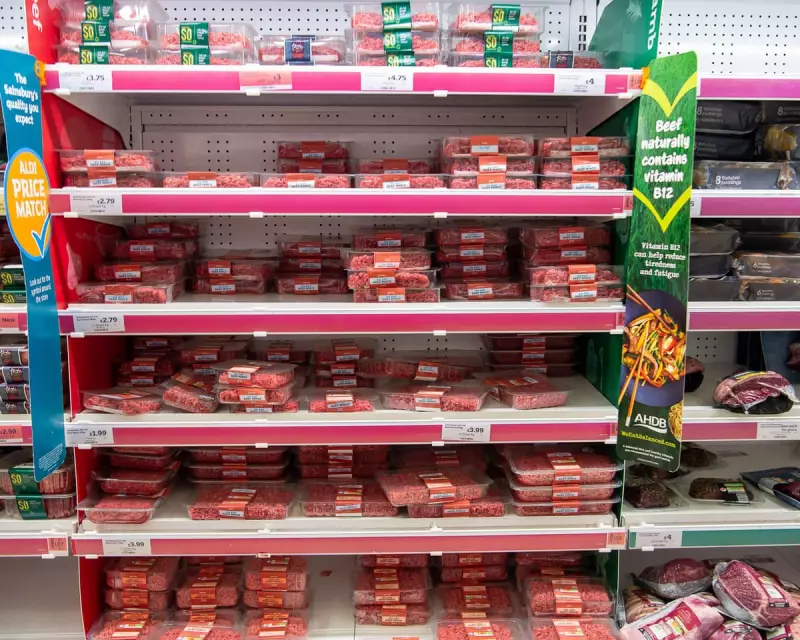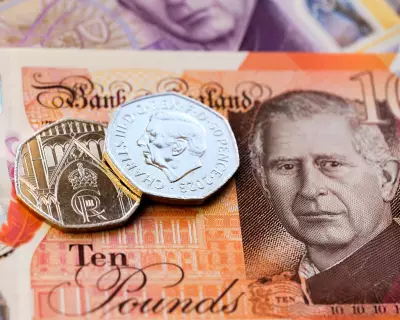
Fresh economic data has delivered a sobering blow to British households, confirming a significant uptick in inflation as the nation grapples with a deepening cost of living crisis.
The latest figures from the Office for National Statistics (ONS) show a pronounced rise in the Consumer Prices Index (CPI), painting a stark picture of an economy under pressure. This surge is largely attributed to two powerful forces: relentlessly climbing food prices and soaring energy bills.
The Core Drivers: From the Supermarket to the Energy Meter
The checkout receipt has become a source of anxiety for many. Prices on essential food items continue their upward trajectory, squeezing family budgets and forcing difficult spending choices.
Simultaneously, the energy market remains volatile. The cap on household bills, while offering some protection, has not been enough to shield consumers from substantially higher year-on-year costs, keeping heating and electricity a major financial burden.
The Shadow of War: Eurozone and Global Ripples
The ongoing conflict in Ukraine continues to cast a long shadow over the European economy. Disruptions to key supply chains, particularly for energy and agricultural commodities, are being felt acutely across the continent.
The Eurozone is experiencing similar inflationary pressures, indicating a widespread economic challenge that transcends national borders. This global context underscores the external factors compounding domestic issues within the UK.
What This Means for the Bank of England and Your Wallet
This persistent inflation places the Bank of England's Monetary Policy Committee in a familiar but difficult position. Their primary tool to combat rising prices is to increase interest rates, a move designed to cool demand but one that also increases mortgage and loan repayment costs for millions.
For the average consumer, this double squeeze—higher prices for goods and potentially higher borrowing costs—signals that financial pressure is unlikely to abate in the near future. The data solidifies concerns that the road to economic stability and lower inflation will be longer and more arduous than many had hoped.





